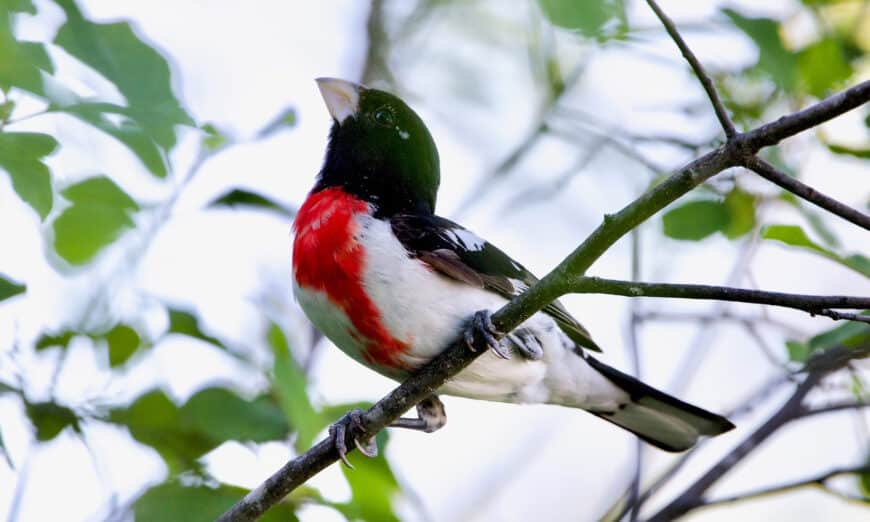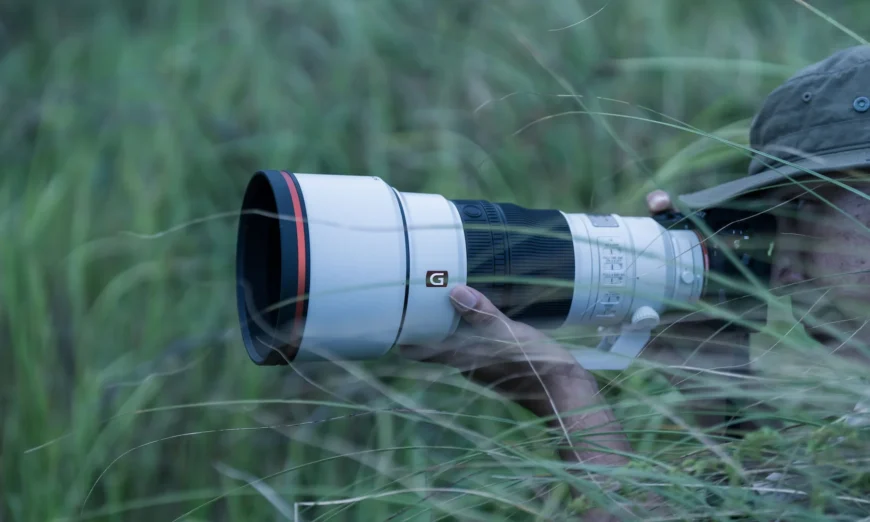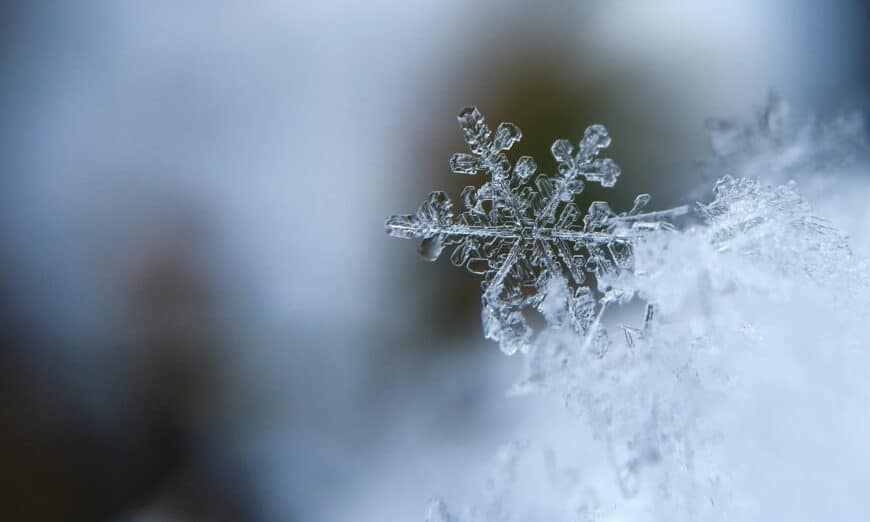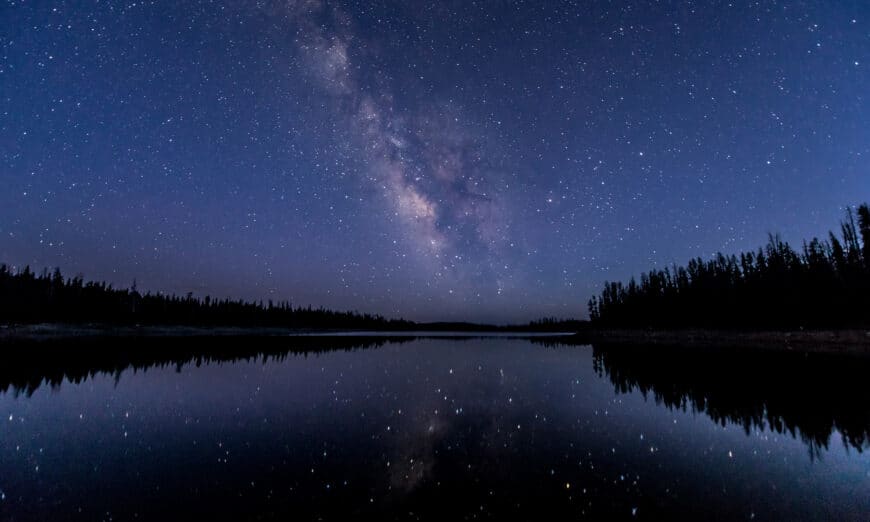Bird photography is a rewarding yet challenging endeavour that requires patience, skill, and the right equipment. Whether you’re just starting out or you’re a seasoned professional, capturing the perfect shot of a bird in its natural habitat can be a thrilling experience. In this guide, we’ll explore the best camera gear for bird photography, share essential tips and tricks, and provide insight into finding the best birding spots and planning your photography sessions according to bird species’ schedules. Camera Gear for Every Photographer Level – Bird Photography The most essential […]
lens
At Henry’s Camera, we understand the value of having the right gear in your photography journey. That’s why we offer an impressive selection of used camera’s, lenses & gear—providing an affordable way to access quality equipment. Our used gear range includes products from leading brands such as Canon, Nikon, Sony, and Fujifilm, ensuring you don’t have to compromise on quality to find gear that fits your budget. The Benefits of Buying Used Cameras, Lenses & Gear Shopping for used camera gear at Henry’s comes with several advantages. First, it’s a […]
Blur Effects For Leading Lines – See How This Photographer Creates Dynamic Urban Photography
BY Henry's March 26, 2024 Street Photography
Jordan Griffith-Brown (@griffie.visuals) began his journey into the world of photography during the Summer of 2017. “While I was out taking some photos on my Sony Xperia, a close friend suggested that I should invest in a camera for photography,” he says. “Following her advice I purchased a DSLR camera. Since then, I’ve continued to grow and further my knowledge in photography and my portfolio mainly consists of cityscape and urban photos.” For his urban photography, Griffith-Brown likes to use a Sony Alpha 9 II with the Sony 16-35mm f/2.8 G Master, and […]
Embarking on a Professional Photographer Journey: From Small-Town Beginnings to Global Adventures
BY Henry's March 17, 2024 Featured Artist Spotlight
Photographs compliments of Ryan Bolton (Instagram) – (website) In the heart of every small town lies a story waiting to be told, and for one man from Hanover – Ryan Bolton, his professional photographer journey began amidst the serene cornfields on the way to Kincardine or Owen Sound. Today, Ryan has traversed the globe, from the refugee camps of Sierra Leone and Liberia to the vibrant streets of Sri Lanka, South Africa, and Vietnam, capturing life’s profound moments through the lens of his camera. This is the story of Ryan […]
Henry’s is thrilled to introduce the latest innovation from Sony Electronics, the Sony FE 300mm F2.8 GM OSS lens, revolutionizing the world of telephoto photography. This remarkable full-frame α (Alpha™) E-mount lens sets a new standard as the world’s lightest 300mm telephoto prime lens, offering unparalleled agility for photographers everywhere. Esteemed for its cutting-edge design, the FE 300mm F2.8 GM OSS is a G Master™ series lens that promises to transform your photographic experience. It’s designed for photographers who demand precision and high-speed performance without the burden of a heavy […]
Dive deep into the intricate world with this guide to macro photography and videography, where the smallest subjects turn into pieces of immense beauty and complexity. This comprehensive guide to Macro photography is your key to unlocking the fascinating realm of the minute, offering essential tips, tricks, and gear recommendations for every level of expertise. Whether you’re a seasoned photographer looking to refine your skills or a newcomer eager to explore, we’ve got everything you need to start your macro photography journey. For more professional advice, and to explore gear […]
Exploring the Cosmos: A Guide to Astrophotography
BY Henry's February 16, 2024 Astro, Astrophotography
Astrophotography is an enchanting hobby that blends the infinite mysteries of the night sky with the art of photography. Whether you’re aiming to capture the Milky Way’s vast expanse or the Northern Lights, having the right equipment is paramount. In this comprehensive guide to astrophotography, we’ll explore an array of camera bodies and lenses suited for every level of astrophotography enthusiast. We’ll also discuss how to make the most of your backyard for celestial photography, find the perfect dark sky location, and how astrophotography can complement your outdoor adventures. You […]
Landscape Photography with the Sigma 28-70mm F2.8 DG DN Camera Lens
BY Henry's January 18, 2024 Landscapes
The All New Sigma 28-70mm F.28 DG DN Camera Lens The Sigma 28-70mm f/2.8 DG DN Contemporary is a versatile lens for L-Mount cameras, offering a wide-angle to portrait-length range with a consistent f/2.8 aperture. Ideal for various shooting scenarios, it ensures sharp images with minimal aberrations, thanks to its advanced optical design. The lens features a smooth and quiet autofocus, suitable for both photography and video. Compact and durable, it’s an excellent choice for everyday use, appealing to both professionals and enthusiasts seeking quality and versatility in their photography […]
In the world of photography, capturing the perfect shot isn’t just about skill and timing; it’s also about using the right tools. Among these, camera lens filters play a crucial role in enhancing image quality and protecting your gear. Whether you’re a professional photographer or a hobbyist, understanding the different types of lens filters and their specific uses can significantly improve your photography. This blog post aims to demystify lens filters, offering insights into their types and uses to help you make an informed choice based on your photographic needs. […]
Elevate your photography experience with the latest addition to the SIGMA lineup: the Sigma 70-200MM f/2.8 Sport camera lens, designed specifically for Sony, Panasonic and Sigma Full Frame Mirrorless Cameras. Renowned for its exceptional build and superior performance, this lens is a must-have for professional and aspiring photographers alike. Shop now for the new Sigma 70-200MM f/2,8 Sport Camera Lens. Robust Build and Ergonomic Design Experience the pinnacle of lens construction with the SIGMA 70-200MM f/2.8 Sport DG DN OS. Meticulously crafted with high-quality materials, this lens offers a durable […]









